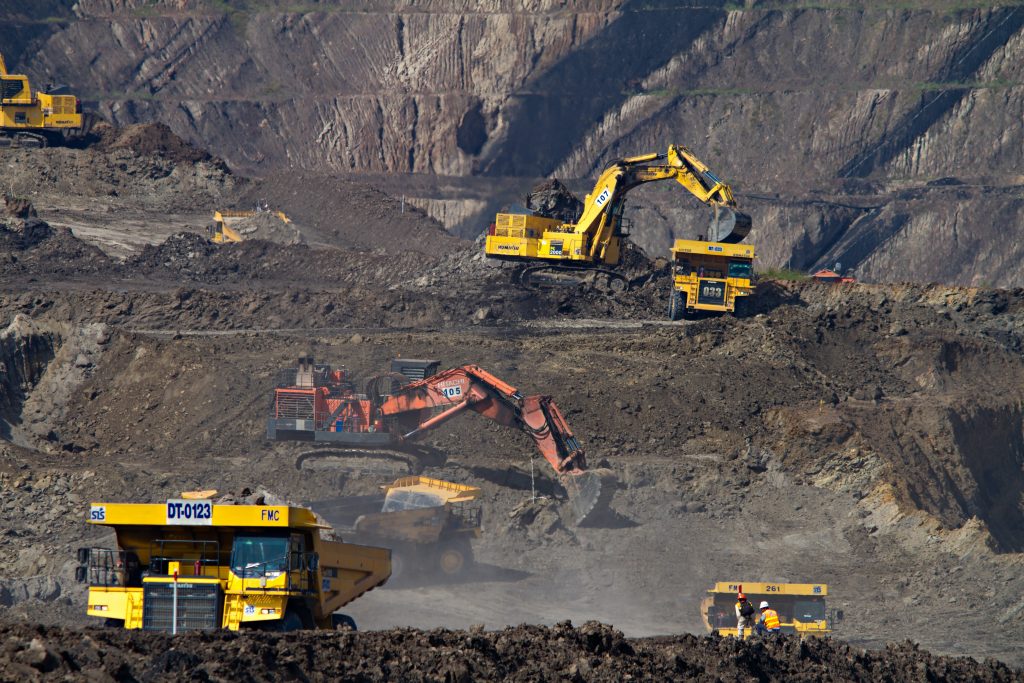Mining activity leaves a legacy not only on the history of an area and the local community but also to the ground conditions, persisting for many years after mining activity has finished. This impact can pose challenges for developers looking for new opportunities and uses for the land.
Planning Considerations
When developing land with a history of mining, it is important to be aware that the Coal Authority is a statutory consultee in the planning process. They may request a desk-based assessment and/or intrusive investigation be carried out, in order to evaluate the risk of abandoned coal mines ahead of any development in a high-risk area.
A permit must also be obtained from the Coal Authority prior to an intrusive investigation where excavating/drilling within coal measures strata, and they may request specific considerations to be made based on their local records. This could include the use of water flush where drilling within the near vicinity of occupied properties and monitoring for noxious gases.
However, risks in areas impacted by the legacy of other mineral extraction activities, such as metal mining (e.g. Cornwall), underground stone quarrying (e.g. Wiltshire) and chalk mining (e.g. Chislehurst), to name a few, do not fall within the planning process. In these instances, it can be a requirement by the warranty provider or as due diligence to carry out a mining risk assessment prior to development.
Geotechnical Considerations
Subsidence-related damage makes up a considerable proportion of property insurance claims. Whilst there are several reasons for subsidence, one of the most common is related to the mining legacy of the UK. Some of the key impacts are as follows:
Mine Shafts. Mine shafts that have not been securely capped at bedrock level are considered to be potential geotechnical hazards. Historically, mine shafts were often backfilled with biodegradable materials, such as trees and railway sleepers, in addition to mine waste. The decomposition of biodegradable materials can lead to collapse, which may present at the opening of the shaft. This typically can occur if the drainage regime is changed, i.e. if the shaft experiences an increase in water, promoting rotting of any biodegradable materials and/or softening of other backfill materials, or if the shaft is loaded above bedrock level, i.e. by building foundations, or by lateral support removal caused during earthworks, causing the weathered soils forming the shaft collar (assuming it is not lined) to collapse.
Surface Workings. Recorded and unrecorded surface workings are considered to be a potential geotechnical hazard as they are often backfilled with mine waste and/or generic made ground. Backfilled materials do not present a suitable founding stratum due to low and variable bearing properties, which may lead to unacceptable levels of total/differential settlement. Potential settlement may be exacerbated if the backfill materials include significant quantities of biodegradable materials (i.e. wood) which are likely to decompose over time. Any shallow foundations must be designed to span over, or deepened beneath, any made ground. However, if significant amounts of made ground are present, an alternative (e.g. piled or raft) foundation solution may be necessary. An assessment would be required to ensure any proposed foundation solution does not potentially affect any shallow underground workings.
Shallow Underground Workings. Geotechnical hazards associated with underground workings may be typified by a propagating collapse of the roof of a worked seam upwards towards ground level, presenting at the surface and resulting in surficial subsidence, in a process known as “crownholing”.
The method of investigation selected to investigate potential mining features varies on a site-by-site basis but could include a combination of geophysical investigation, trial pits/trenches and rotary cored/open-hole boreholes.
Jomas regularly undertake desk-based and intrusive mining risk assessments across the UK for sites potentially impacted by all forms of historic mining activities. If you would like any further information we welcome initial enquiries for free, no-obligation advice.



